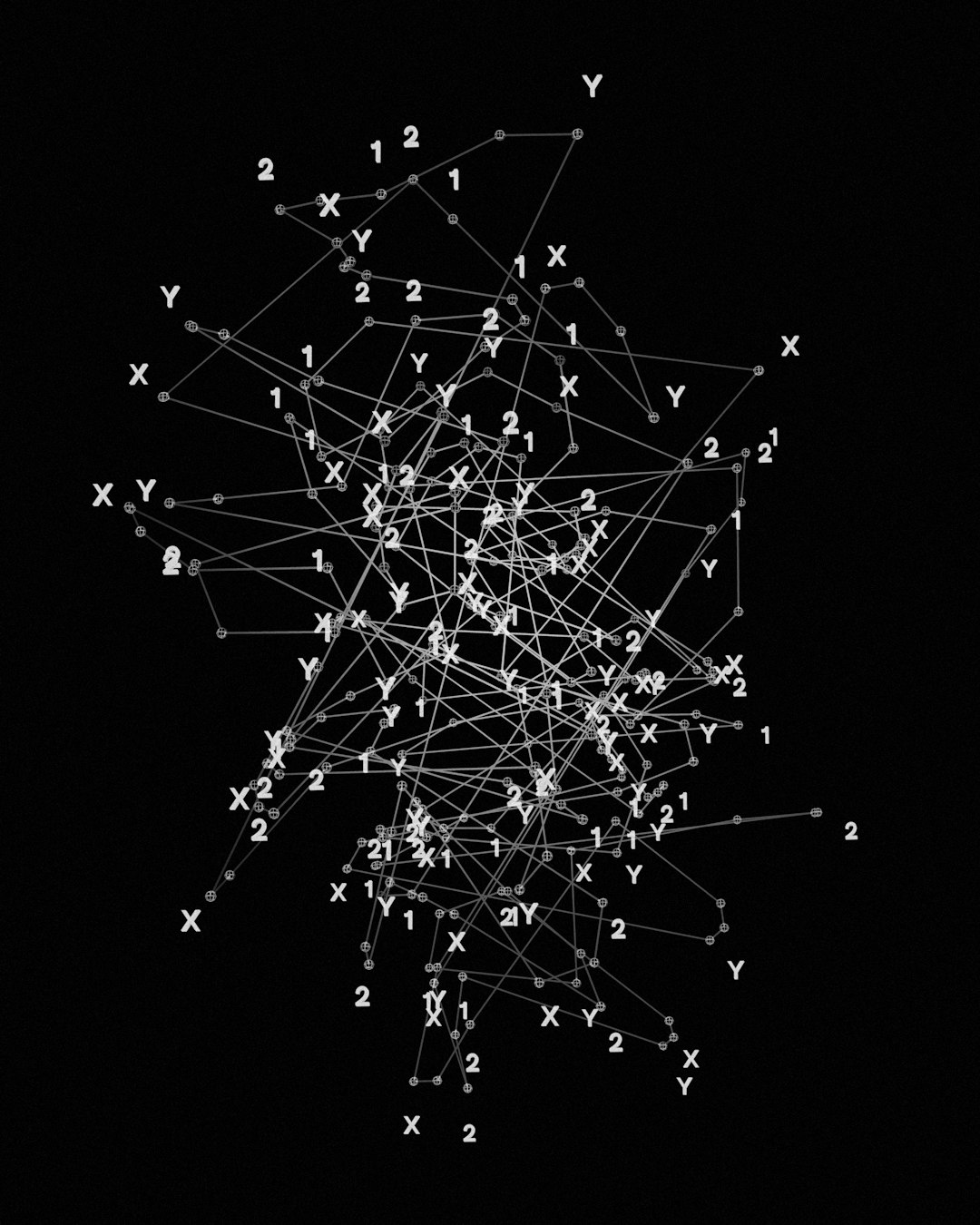Building an Internal Linking System with Graphs & Entities
In an era where information is abundant and content ecosystems are increasingly complex, building a robust internal linking system is not just a best practice—it’s a necessity. As websites grow to include hundreds or even thousands of pages, maintaining coherence and navigability becomes more difficult. One solution that offers scalability, precision, and optimization is to design an internal linking system using graphs and entities.
This article explores how organizations can leverage these powerful tools to construct intelligent internal linking structures that improve user experience, boost SEO performance, and enhance content discoverability.
Understanding Internal Linking at Scale
Internal linking refers to the process of connecting pages within the same domain using hyperlinks. Traditionally, content managers manually insert links into blog posts, category pages, and pillar content. However, when dealing with a large-scale content library, manual methods become inefficient and prone to human error.
To create an internal linking strategy that is intelligent, scalable, and programmatically maintainable, we must look at the inherent relationships between content pieces. This is where a graph-based architecture, underpinned by defined entities, comes into play.
Why Use Graphs and Entities?
Graphs and entities allow for the structured organization of content by identifying relationships in a meaningful, machine-interpretable way. A graph is composed of nodes (entities like articles, topics, or products) and edges (the connections or relationships between them).
- Entities represent real-world objects or abstract concepts that content revolves around. For example: “Artificial Intelligence,” “E-commerce,” or “SEO Tools.”
- Graphs help visualize and manage complex relationships across content types, users, and metadata.
This combination enhances search relevance, enables semantic navigation, and automates internal linking patterns that would otherwise require significant editorial oversight.
The Components of a Graph-Based Linking System
A well-structured internal linking graph comprises several key components:
- Entity Recognition & Disambiguation: Identifying unique concepts in content and resolving them to canonical entities (e.g., distinguishing between “Apple” the fruit and “Apple” the tech company).
- Relationship Layers: Understanding how entities relate—hierarchically (taxonomy), associatively (similarity), or functionally (how-to guides linking to tools).
- Content Tagging: Annotating documents with the identified entities to make them machine-readable.
- Link Recommendation Engine: A rules-based or AI-assisted system that suggests optimal internal links based on the graph’s structure.
Each of these layers contributes to a smarter, more adaptive linking system that evolves with your content.

Step-by-Step Guide to Building Your System
To implement a graph-based internal linking system, follow these foundational steps:
1. Identify and Define Entities
Start by building a catalog of relevant entities that are important to your business or content strategy. This might include:
- Product types
- Topics covered in blog posts
- Industries or user personas
Use Named Entity Recognition (NER) models or semantic analysis tools to extract entities. Create a disambiguation process to ensure consistency, especially for ambiguous or multi-meaning terms.
2. Structure Your Knowledge Graph
Once entities are defined, model their relationships. Tools like Neo4j, RDF databases, or even JSON-based data stores can help you create and visualize your knowledge graph.
You may define relationships like:
- “is related to” – for semantically similar articles
- “is part of” – to build hierarchical parent-child relations
- “explains” – to connect how-to content with conceptual overviews
3. Tag Existing and New Content
Automatically annotate your articles with relevant entities using a combination of keyword detection, machine learning, or manual curations. Make sure each piece of content has an entity profile, identifying all related nodes in the graph.
4. Develop the Linking Algorithm
With content annotated and the graph in place, it’s time to build or implement your link recommendation logic. The system should:
- Scan a document’s entities
- Query the graph for closely related nodes
- Return high-value linking candidates ranked by relevance, importance, or context fit
To avoid overlinking or irrelevant connections, include filters like content freshness, link diversity, and word proximity.
5. Integrate With CMS or Publishing Tools
To operationalize this system, integrate it with your Content Management System (CMS). This allows content teams to see recommended links during drafting and editing, reducing the need for manual link building.
6. Monitor, Evaluate, and Refine
Track key performance indicators such as:
- Click-through rate (CTR) on internal links
- Average session duration
- Page depth per visit
Use this data to refine your graph structure and linking algorithm. A/B test changes to find the optimal model for your audience and business goals.

Benefits of Using a Graph-Based Approach
Placing graphs and entities at the core of your internal linking strategy pays off in numerous ways:
- Improved SEO: Search engines better understand content relationships, enhancing crawl efficiency and semantic indexing.
- Enhanced User Navigation: Readers are guided through a topic-based journey that matches their intent.
- Automation at Scale: Reduces time and effort for editors by generating logical, high-quality links automatically.
- Content Discoverability: Previously buried pages can be resurfaced based on entity associations and relevance.
Use Cases and Applications
Organizations across industries can benefit from these systems:
- Publishing platforms: Recommend further reading articles, category deep-dives, and featured stories.
- E-commerce sites: Link from category landing pages to related buying guides or comparison charts.
- Educational platforms: Build curriculum trees that link conceptual knowledge to practical exercises.
Additionally, as schema.org and structured data become more important, a graph-based content system naturally feeds into more comprehensive metadata generation, enhancing your content’s visibility in search results.
Best Practices and Considerations
Implementing a graph and entity-based linking system isn’t a “set-and-forget” solution. Here are key considerations:
- Keep your entity database updated: Add new topics as your business evolves.
- Establish thresholds: Limit internal links per page to preserve readability and avoid spammy impressions.
- Prioritize link context: Ensure anchor text and positioning enhance user experience.
- Audit regularly: Broken links or outdated relationships can degrade user trust and SEO strength.
Conclusion
A fully-realized internal linking system based on graphs and entities is a powerful tool for modern content operations. By understanding and applying semantic relationships via a structured knowledge graph, organizations can drive better content performance, improve user engagement, and build a more coherent digital ecosystem.
As AI, LLMs, and semantic web standards continue to evolve, internal linking will become more than just navigation—it will become the backbone of content understanding and delivery. Now is the time to invest in a structured, scalable, and intelligent system that stands the test of digital growth.
- ShotSpotter Locations: Surveillance Technology - December 30, 2025
- Pokémon UNITE Error Code 2102 Explained & Fixed - December 28, 2025
- Why Microsoft Error Code 3399745538 Occurs and How to Fix It - December 26, 2025
Where Should We Send
Your WordPress Deals & Discounts?
Subscribe to Our Newsletter and Get Your First Deal Delivered Instant to Your Email Inbox.



